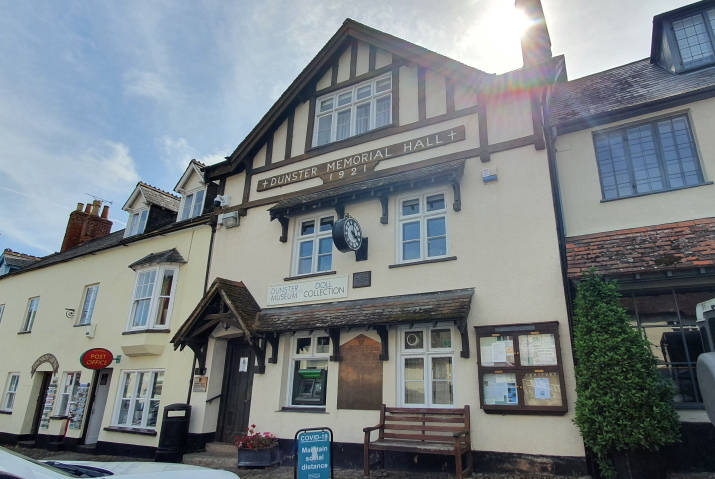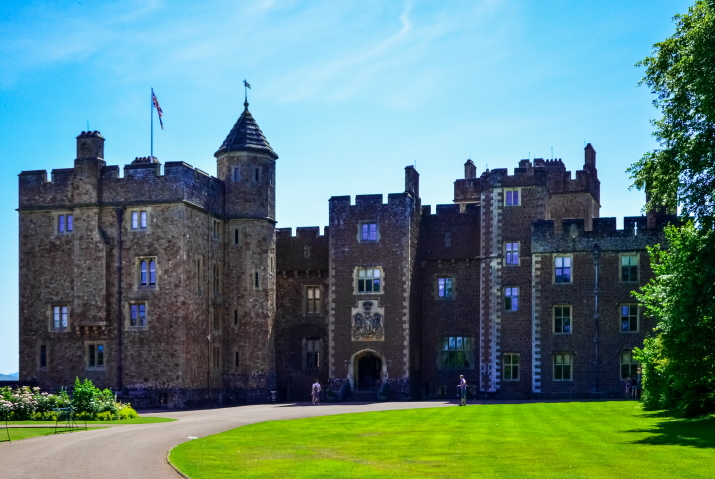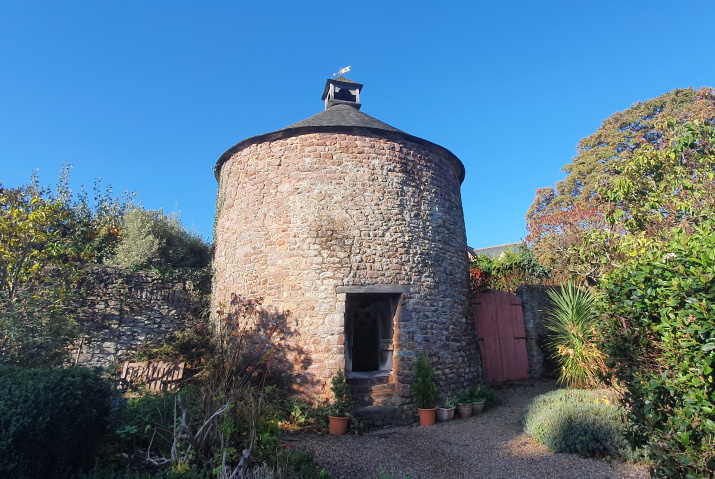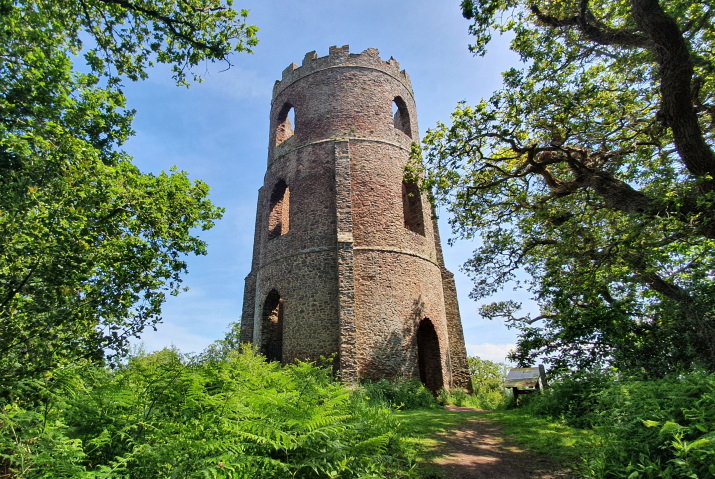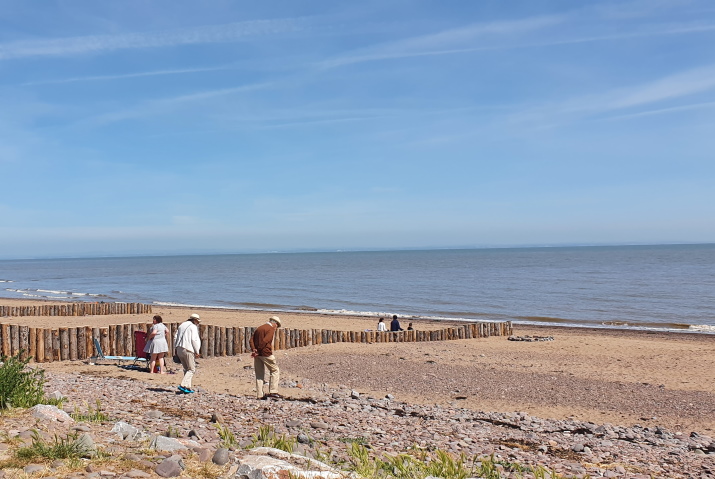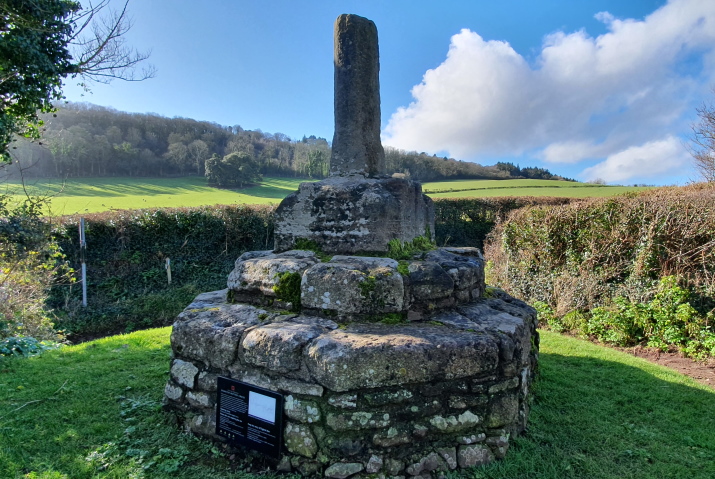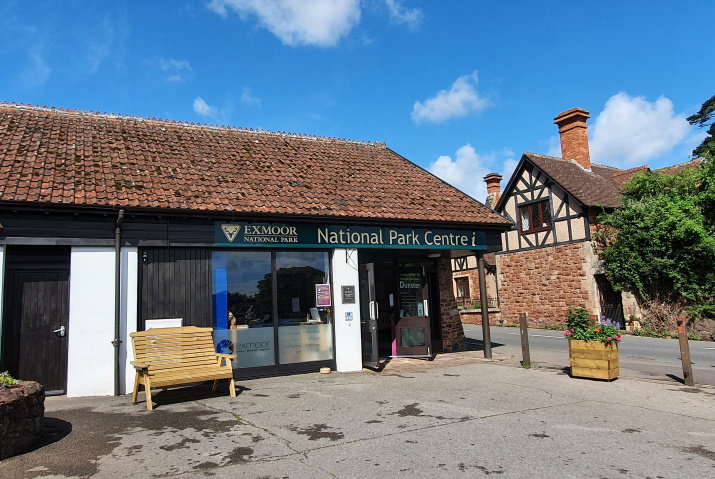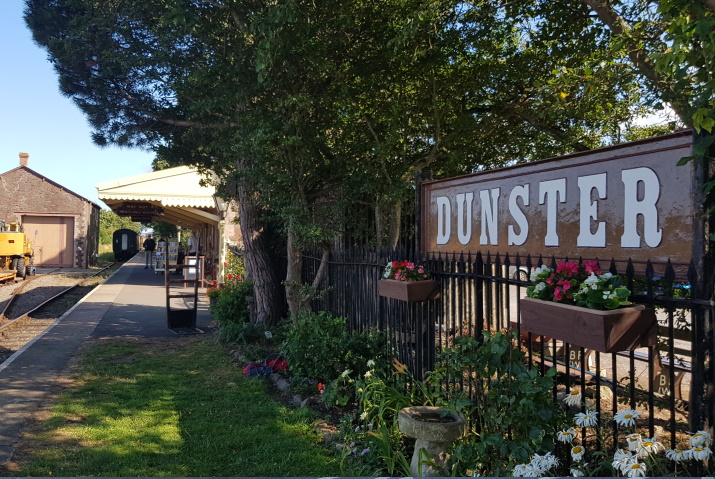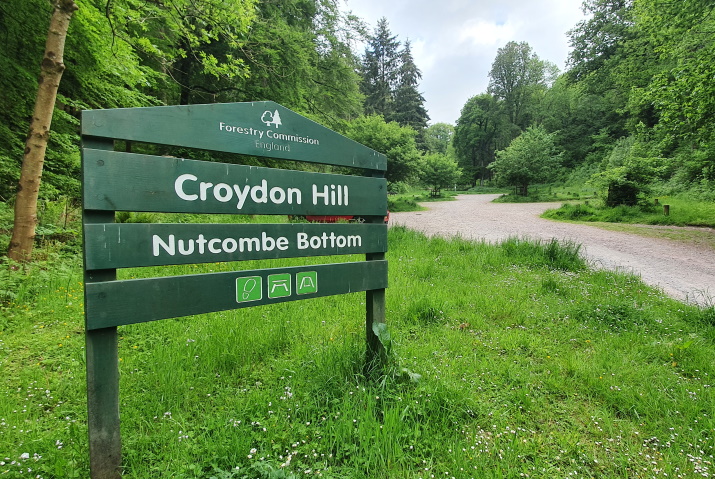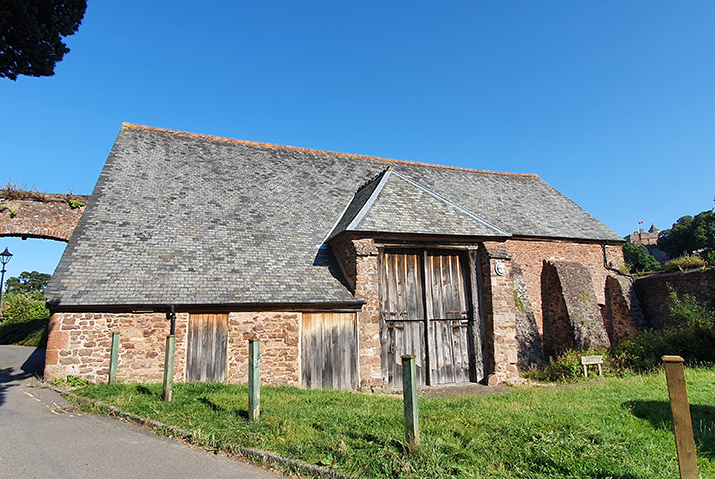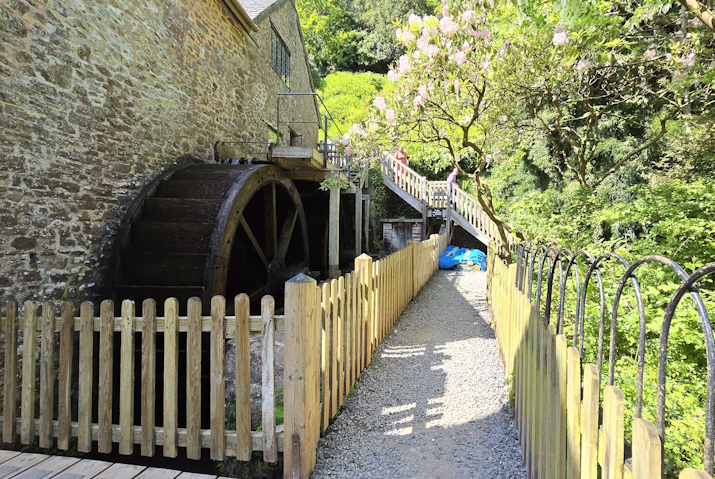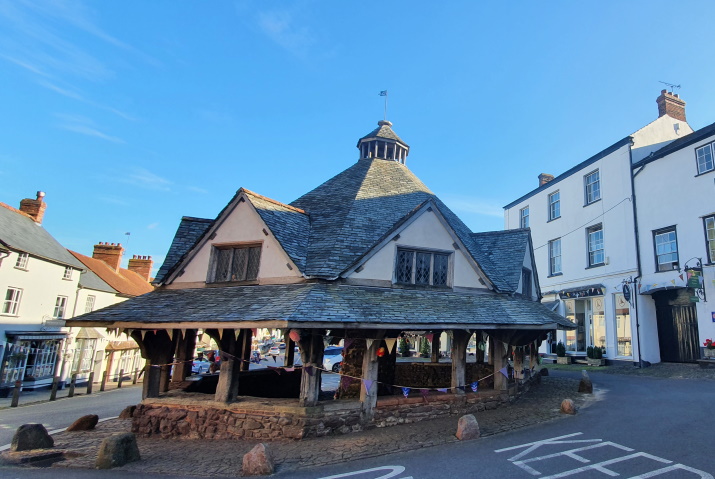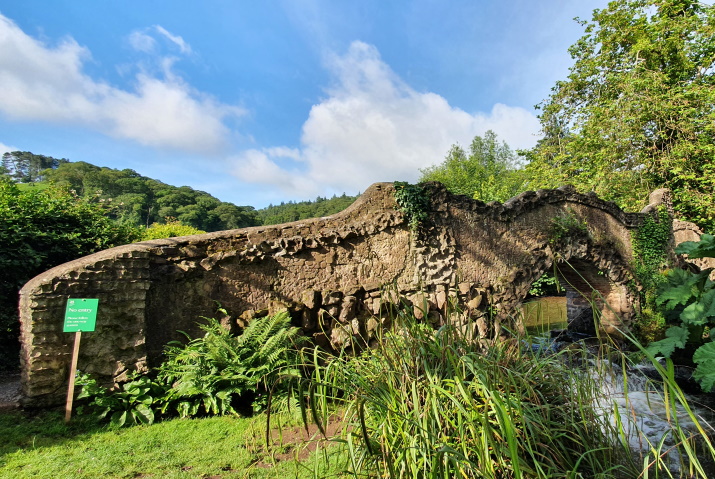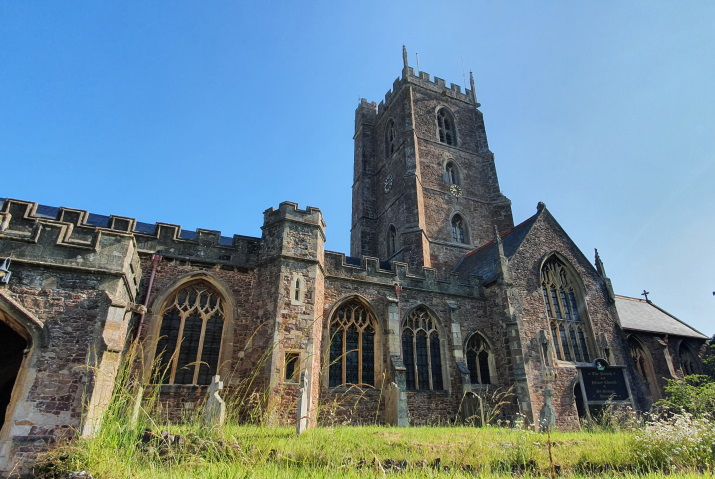See & Do in Dunster
Discover Dunsters Attractions
What is there to see and do in Dunster?
Here we have listed all of the historical attractions in Dunster Village, for you to explore and find more information about before you visit. From the beautiful Dunster Castle, The Yarn Market, Dunster Gallox Bridge to the more hidden parts of Dunster like the Dunster Kiln or Dunster Butter Cross.
These listings contain more details on what to see & do in Dunster and where you can find them.
Dunster Museum & Doll Collection
A unique collection of 1,300 dolls with about 700 on display each year housed in the Memorial Hall, Dunster.
Bat’s Castle
Conygar Tower
Erected in 1775, this red sandstone tower designed by Richard Phelps was used for breeding rabbits for food.
Dunster Butter Cross
The Butter Cross stands in the village of Dunster in Somerset is a Grade II listed building and ancient monument. The cross was originally erected in the High Street and was moved here either late 18th or early 19th century.
Dunster National Park Centre
The National Park Centre in Dunster has been recently refurbished, and you will find interactive exhibits, a video microscope and new displays that introduce you to the special habitats that can be found on Exmoor.
Dunster Railway Station
Go back in time to travel the 20 miles railway route from Bristol Channel coast to Quantock Hills. Take your press-printed ticket and get a seat next to the windows to experience the relaxing ride watching the meadows, steep hills, and countryside.
Dunster Tithe Barn
Dunster Tithe Barn dates back to being built during the 14th century, it has recently had a 5 year long restoration. It has a cruciform structure plan and has central double doors in heavy oak It is a grade II listed building.
Dunster Yarn Market
The octagonal Yarn Market is an archetypal Grade I listed monument on the high street. The landmark building is an insignia of cloth and wool trading heritage.
Priory Church of St George
The Priory Church of St George in Dunster is predominantly 15th-century showing evidence of 12th and 13th century work and is a Grade 1 listed building.

